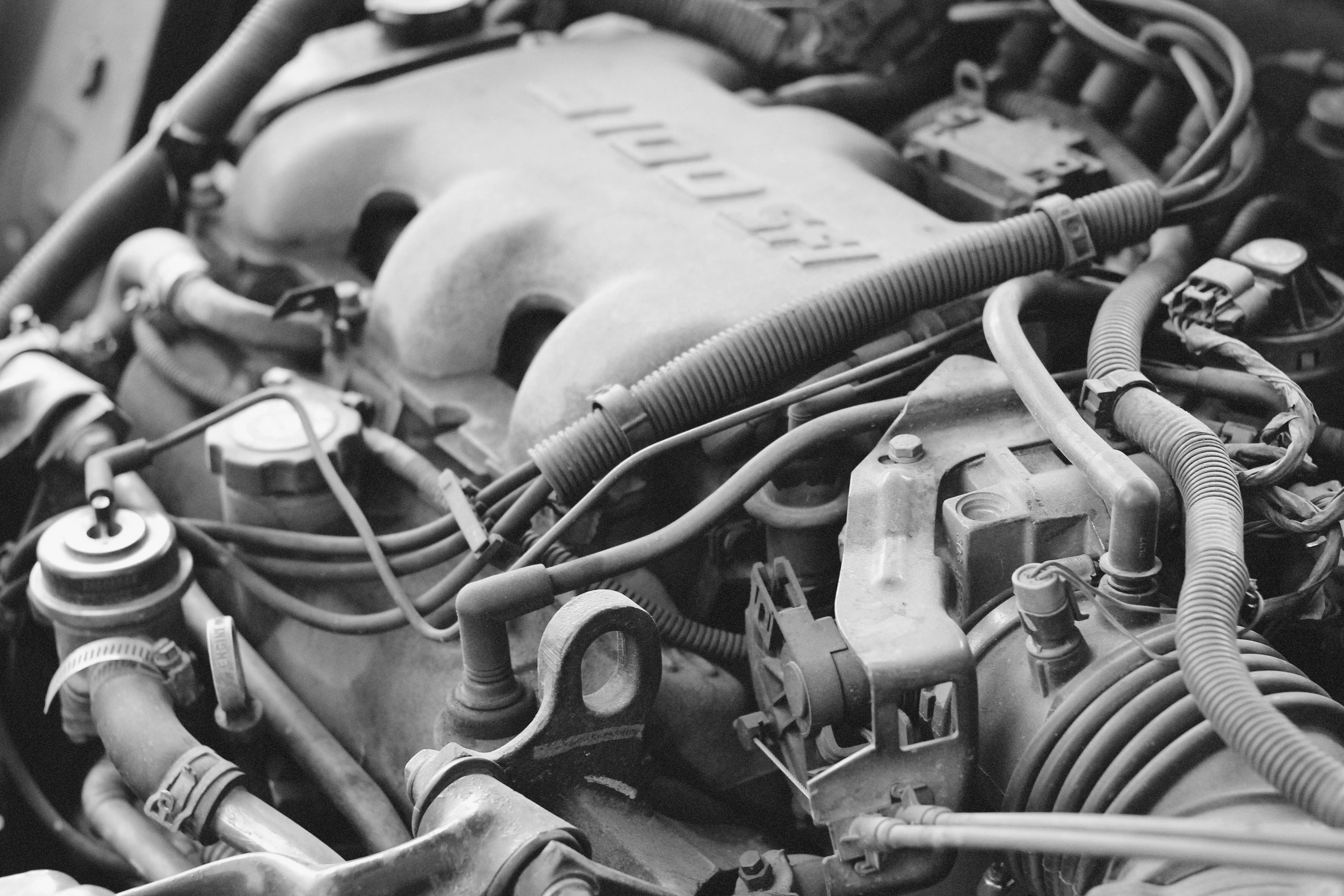Question: Lately, while driving my car, I’ve noticed strange sounds from the engine. I asked a friend who works on cars, and he said the motor mounts are probably going bad. How much does it cost to replace motor mounts?
Answer: It’ll cost roughly $450–500 to replace motor mounts, but the exact price will vary based on your car’s make and model, plus a few other factors.
A motor mount, sometimes called an engine mount, keeps a car’s engine securely in place on the frame, while allowing a little bit of flex. It also absorbs vibration and noise. These functions contribute to a quiet, stable ride.
Most cars have three motor mounts, but some cars have two or four. A mount typically contains a piece of rubber encased in a metal frame. It gets bolted between the engine and the car frame.
Simple mounts can cost between $10 and $150. Some manufacturers make more complicated hydraulic mounts (which have liquid in the center of the rubber to help dampen vibration) and active motor mounts (which continuously adjust the firmness of the mount, or even create counter-vibrations); those can cost up to $600.
Experienced auto enthusiasts may be able to replace engine mounts themselves, but if you need a mechanic to do the work, the labor cost may vary based on your car’s design and how easy or hard it is to access the mounts.
While rubber is great at absorbing vibration, it’s also susceptible to drying and cracking over time. If the mounts warp or break, the engine may start to move around under the hood.
Signs to look for
There are some key signs that motor mounts are beginning to fail:
- Knocking or clanking noises coming from the engine bay. These sounds could indicate that the engine is wobbling around and/or making contact with other components.
- A sense that the engine is bouncing or tilting to one side. This may be particularly noticeable when you are accelerating, braking, or turning a corner.
- Broken belts or hoses. Vibration resulting from worn-out engine mounts can lead to stretching or snapping of fan belts or radiator hoses.
- Visible cracking or flaking on the mounts.
If your motor mounts are substantially worn down, dried out or broken, replace them promptly, or you may incur further damage to your vehicle. You can get away with replacing just one mount, but consider swapping them all at the same time, as it’s likely all the mounts in a car will begin to wear out at about the same time.

Deirdra Funcheon is a journalist with a master`s degree from Boston University and more than 20 years of experience covering a broad range of topics. She has worked at Univision (on the investigative team at Fusion), Axios (where she covered Miami-area news) and Bisnow (covering the commercial real estate industry). At Jerry, she aims to empower drivers with knowledge about how their vehicles work and how best to handle repairs, insurance and other complications of car ownership.

Expert insurance writer and editor Amy Bobinger specializes in car repair, car maintenance, and car insurance. Amy is passionate about creating content that helps consumers navigate challenges related to car ownership and achieve financial success in areas relating to cars. Amy has over 10 years of writing and editing experience. After several years as a freelance writer, Amy spent four years as an editing fellow at WikiHow, where she co-authored over 600 articles on topics including car maintenance and home ownership. Since joining Jerry’s editorial team in 2022, Amy has edited over 2,500 articles on car insurance, state driving laws, and car repair and maintenance.








